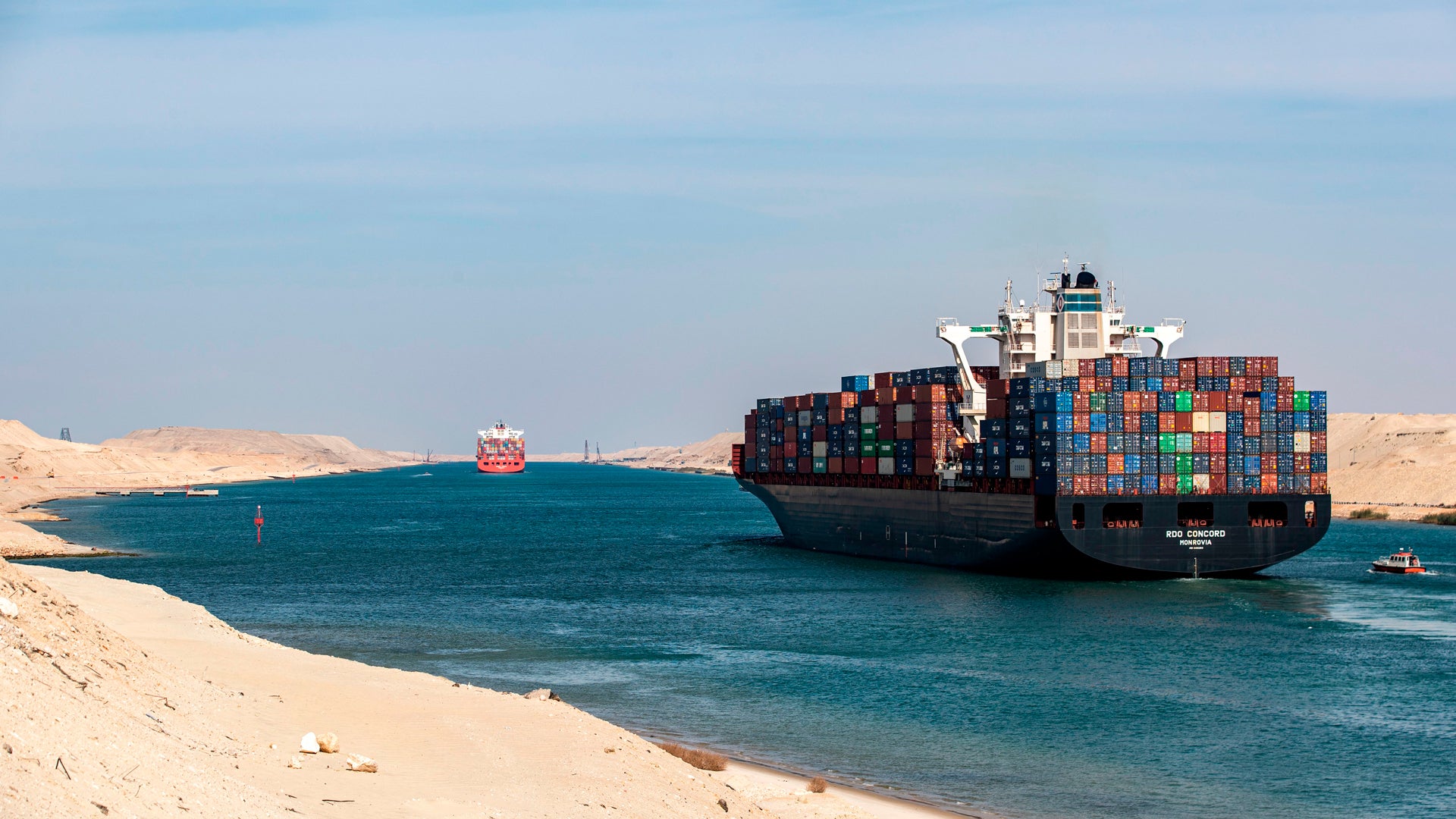Fascinating Facts About the Suez Canal
May 8, 2023

The Suez Canal is a man-made waterway that connects the Mediterranean Sea and the Red Sea, allowing ships to bypass the lengthy and hazardous trip around the southern tip of Africa. Since its opening in 1869, the Suez Canal has played a critical role in international trade and geopolitics. Here are some fascinating facts about Suez Canal (the engineering marvel).
Length and Construction
The Suez Canal is approximately 120 miles (193 kilometers) long and has a width of about 300 meters (984 feet). It can accommodate ships with a maximum draft of 66 feet (20 meters) and a maximum beam of 170 feet (52 meters).
Importance to International Trade
Approximately 12% of global trade passes through the Suez Canal, making it one of the world’s most critical shipping lanes. It also enables ships to avoid lengthy and hazardous trips around the southern tip of Africa.
Expansion
The Suez Canal expansion plan, announced in August 2014, included widening and deepening existing sections and adding a new parallel canal to accommodate modern vessels. The expansion increased the canal’s capacity by 60% and allowed for the simultaneous passage of two vessels, resulting in improved efficiency, reduced wait times, and increased revenue for shipping companies. The expansion underscores the importance of the Suez Canal in global trade and its continued modernization to meet the evolving demands of the shipping industry.
Political Significance
The Suez Canal has played a crucial role in geopolitics. In 1956, the canal was nationalized by the Egyptian government, leading to a military intervention by France, the UK, and Israel. The conflict is known as the Suez Crisis.
Revenue Generation
Egypt earns significant revenue from the Suez Canal, with transit fees generating approximately $5 billion annually.
Historical Significance
The Suez Canal has a rich history and has been a significant part of world trade since its opening. Its construction was a remarkable feat of engineering. Constructed between 1859 and 1869, during the reign of Khedive Ismail, under the direction of French engineer Ferdinand de Lesseps. It was only on November 17, 1869, it was open for shipping. Since then it has become one of the busiest waterways in the world.
The Suez Canal is a crucial transportation route for global trade and a vital source of income for Egypt. Its history and importance make it a fascinating subject for those interested in maritime commerce and international trade. As the world continues to rely on global trade, the Suez Canal will remain a critical link in the chain.
-By Arti Tawani